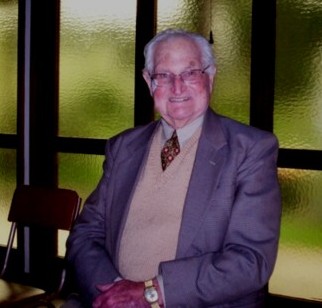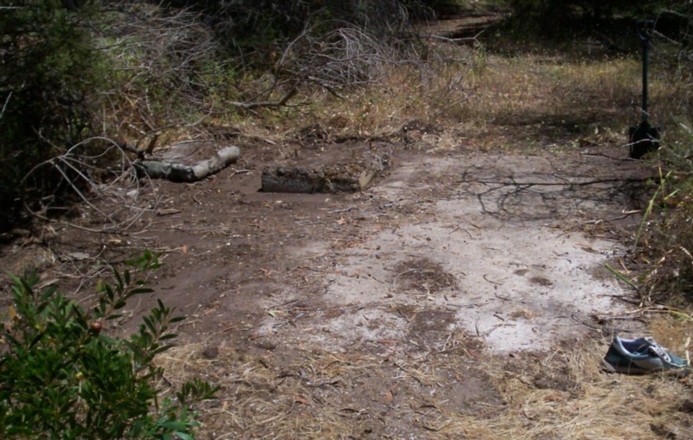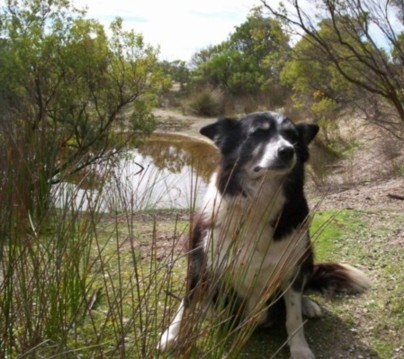|
South
Australian Register 26
December, 1865,
p. 3
"Yankalilla Mr. T. Willson, of this
township, met with a loss last Friday, 15th. whilst
shipping some horses for his run on
|
|
Chronicle
(Adelaide)
25
May,
1901, p.16
"THE LATE MR. THOMAS
WILLSON.
Hog Bay. May 20. The death occurred on
Saturday last of Mr. Thomas Willson, sen. He had
not been feeling well when he paid his weekly visit to Hog Bay last
Monday, but went into the fields grubbing arid burning weeds as usual
during the week, hoping to work off the feeling of illness. On Friday,
however, he felt worse, and at night his condition so alarmed his wife
and granddaughter that his family, all residing some miles' distant,
were sent for. Mr. C. Willson, from American Beach, who lived nearest,
was the only one of the three sons who arrived in time to see Mr.
Willson before his death, Messrs. T. and M. Willson reaching the house
within half an hour of the end. Failure of the heart was the cause of
death.
Mr. Willson had always been an active man, and he took great interest in all matters concerning the public welfare. He had for many years been chairman of the Dudley District Council, and was also receiver of wrecks. The gathering at the graveside yesterday represented every house for miles around. People came from Ante-Chamber Bay, Cuttlefish, Hog Bay River, South Coast, Salt Lagoon, American River, Point Morrison, Rocky Point, and American Beach. The deceased leaves a widow, 88 years of age, 1 daughter (Mrs. Hibbert, of Victoria), and 3, sons (Mr. T. Willson, jun., of Hog Bay River, Mr. C. Willson, of American Beach, and Mr. M. Willson, of Hog Bay River), 30 grandchildren, and 14 great-grandchildren. Mr. Willson was born at Tattershall, Bradford, on October 25, 1821, and came to South Australia in 1850 in the ship Francis Ridley, and settled at Yankalilla, where he lived 16 years. He then came to Kangaroo Island in 1866, and had been chairman of the district council since its inception, and a justice of the peace for about 28 years." |
| "THOMPSON.—
On the 12th April, at
Westbrooke, Yorke's
Peninsula, M.A. Thompson,
the beloved mother of
Charles Calman, of Kingscote, Kangaroo Island; of Michael Calman, Yorke's Peninsula; and of M.A. Calman, Tasmania, aged 84 years. A colonist of
47 years." (5 May, 1883) |
| Bruce Bates in 2011 |

Ephraim
settled at Penneshaw in 1860 but later also owned a
sheep farm
and homestead at
Western Cove.
The 1884 travellers to Western Cove make no mention of any homestead which therefore, presumably, was built after 1884.
| Left: Concrete rainwater tank. Right: Rectangular structure (with the floor of the back of the house commencing to the right) |
 |
 |


